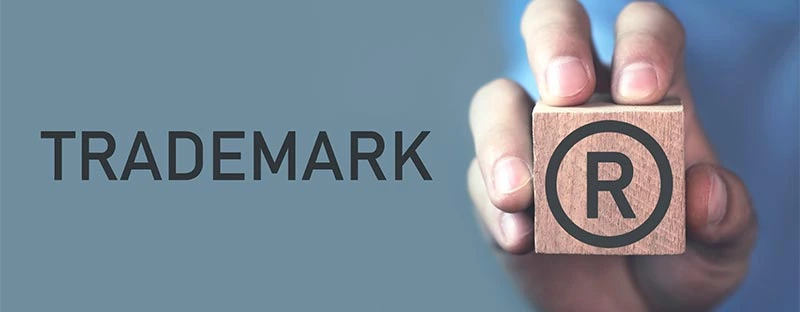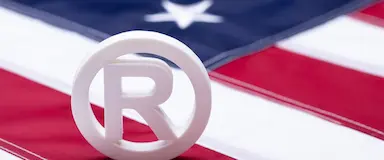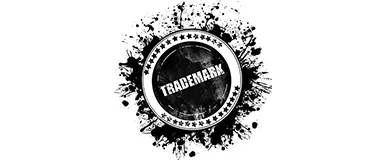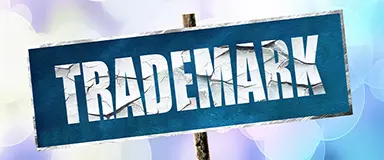Complete step-by-step guide to registering a trademark with the USPTO in 2025. Learn filing requirements, costs ($350 base fee), timelines (12-18 months), and maintenance requirements.
Common Trademark Mistakes and How to Avoid Them
Written by Emily Brooks ·

Registering a trademark helps your business rise above the competition. It creates branding opportunities and fosters long-term customer loyalty. A trademark can ultimately even help your business gain value and investments.
But all those benefits might be wasted if you don’t do the legwork before, during, and after, the trademark registration process. If you stumble on one of these pitfalls, all your effort might be useless.
Mistake 1. Failing to Conduct Comprehensive Searches
Registering a trademark can take between a few months to over a year, depending on the country or region in which you’re trying to register. This means that you need to carefully search through existing trademarks across all those locations to ensure you’re not infringing on someone else’s copyright in the process. If you don’t, your trademark can get summarily rejected at best, or you can get a cease and desist letter and a lengthy court proceeding at worst. Neither option is good for a budding business.
To avoid this mistake, consult a trademark lawyer and comb through the international trademark database. These two factors should greatly reduce the chance of overlooking a similar or exact trademark in your industry.
Mistake 2. Using a Trademark That’s Too Generic
There are five “categories” of trademark distinctiveness: generic, descriptive, arbitrary, fanciful, and suggestive.
Out of these, generic and descriptive trademarks are the toughest ones to attain and protect, since they will be naturally used to refer to similar products or services. It would be like trying to market coffees as “hot and freshly brewed,” when most coffees naturally are. However, some descriptive words and phrases can be successfully trademarked if they reach enough market penetration.
By contrast, fanciful, arbitrary, and suggestive trademarks aren’t directly correlated with the service of products. “Apple” had pretty much nothing with computing, “Kodak” wasn’t a word, and yet it became a trademark for photography equipment, and “Airbus” suggests what the manufacturer is making even though buses don’t fly.
Mistake 3. Not Using the Trademark Before Applying for It
Ideally, a trademark helps protect your business from copycats trying to piggyback on your branding. However, you can’t pre-empt it by trademarking something that you haven’t even used.
The process of applying and registering for a trademark starts by using something you want to trademark (whether it’s a logo, phrase, or design) for commercial purposes. Then, the “mark” is used for the application process, and the governing body for trademarking in your country, region, or jurisdiction will decide whether it’s “registrable” based on its distinctiveness in the industry.
You can get around this requirement by submitting an intent-to-use application or its equivalent to your country’s trademark office. This ensures that the trademark application process starts as soon as possible. However, it comes with larger fees over time and may take longer to complete.
On a similar note, it’s important to consider who or what will own the trademark. If you plan for the business to be the trademark holder rather than you as the business owner, you’ll need to finish registering your company and launching it on the market to start the trademark process. Otherwise, your trademark will default to you (as a person), which would mean that the company technically can’t use it.
Mistake 4. Using the Incorrect Trademark Class
Most countries use the Nice Classification of Goods and Services (“Nice” as in the city in France), which divides every current type of product or service a business can offer into 45 broad categories. With the system being official in 84 countries and another 65 countries adhering to it, trademarks can be recognized and registered internationally with greater efficiency.
However, the system itself can be a bit confusing, as some unrelated products can go into the same category, where they might interfere with another’s trademark. But related products can also go in different categories, such as glassware, wood products, plastics, and cloth all having different categories. The services categorization can get even more headache-inducing, as a company can technically feature both without knowing it.
When registering for a trademark, the trademark office pays close attention to whether the product or service rendered actually matches the classification, and may dismiss it entirely or heavily degrade the strength of the resulting protection if it doesn’t. In some cases, it’s best to carefully consider your offer and consult a professional to navigate the list before you start the process and get turned down for a silly error.
Mistake 5. Not Enforcing the Trademark
A trademark means that your company has the sole right to use the “mark” for its intended industry within the registered location. However, it doesn’t automatically mean that all other companies are prohibited from trying to use it.
It’s up to you as the trademark owner to enforce it and file cease and desist letters or claim legal action against anyone who tries to infringe upon the trademark. If you don’t, your trademark risks becoming canceled or genericized.
Also note that while trademarks generally last a long time, they aren’t forever. If you fail to account for trademarks expiring, someone else might swoop in and take the trademark from you, which can prolong your suffering in court proceedings to regain it.


